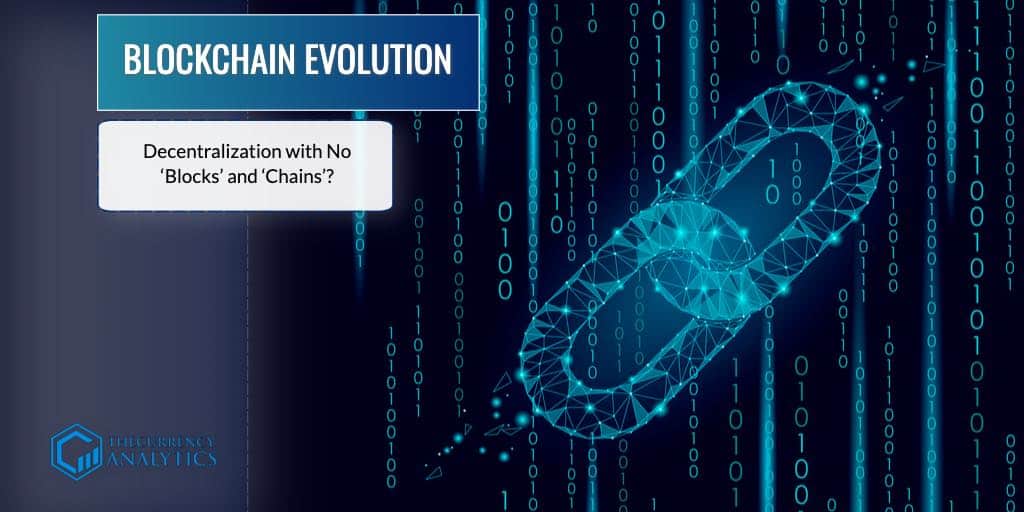
Blockchain technology since its inception has been like a foundation upon which many developers like builders have made changes to fit their desired application or solve a problem or weakness in the existing system.
Bitcoin was built to ease cross-country transfer of funds, with security, speed, and low transaction fee at its core. It introduced the world of financial technology to decentralization; the ideology that keeping a centralized record book can never be good. This was great until people began noticing that mining bitcoin isn’t eco-friendly, fees are huge, though security remains intact. Other blockchain technologies like Bitcoin Cash, Ethereum, Litecoin, Digibyte, etc. came up with their own unique solution to combat a particular challenge to improve or increase the adoption of blockchain technology.
All blockchains have blocks where transactions are recorded periodically. Blocks have transactions, the hash to previous blocks, and the hash to the present block. The hash to the previous block serves as a link or “chain” to the previous blocks. Hashes are like security answers that help nodes to keep the blocks and the whole network intact.
But there is another solution in the financial technology industry that promotes decentralization but not necessarily Blockchain with ‘blocks’ and ‘chains’. This is a Directed Acyclic Graph- DAG. Directed Acyclic Graph solutions use previous transactions to confirm the next transaction. Thus there is no need for blocks or chains to connect them. Each transaction does the work of a miner, there is no need for miner’s fee, etc. This solution eliminates the need for mining hardware that consumes power or even block times since there are no blocks. The major weakness that has been seen about this solution is that it will be easy to double spend. On a blockchain, double-spending is prevented with the block times. During the waiting times before a new block, nodes verify which transactions or nodes are genuine through complex calculations, but this is not so on a DAG.
A project like the Currency Of The Internet- COTI has built on the foundational structure of DAG and modified it to look much more like Blockchain Technology in security. Proof of Trust consensus algorithm from COTI assigns trust scores to transactions, and nodes (Double spending prevention nodes, Full nodes, Trust score nodes, etc). Consequently, a transaction with higher trust scores gets approved faster than those with lesser trust scores. Nodes with lower trust scores are eliminated from the network and unable to receive transaction fees. The project incorporated Proof of stake algorithm into a Directed Acyclic Graph. With this and many other feats, it gains the attention of many adopters as it celebrated a year on the main net.
Blockchain Technology and decentralization in the financial will continue to evolve as new and innovative solutions arise daily.
In the next 50 years, will Bitcoin still be here?
Get the latest Crypto & Blockchain News in your inbox.